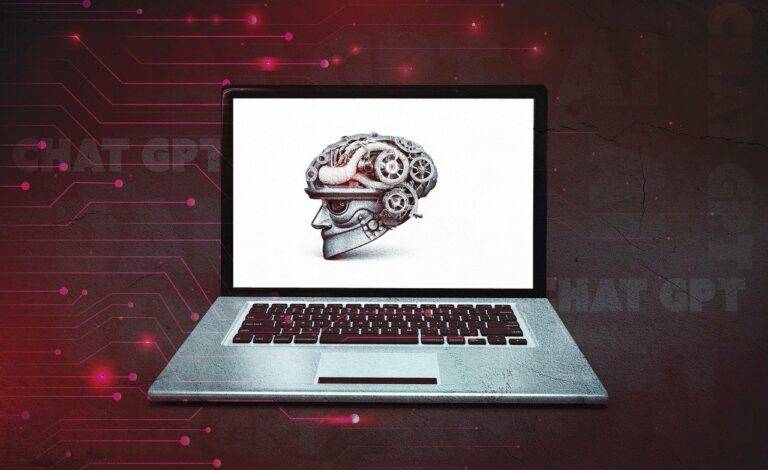The Impact of AI in Wildlife Conservation: Wildlife Corridor Restoration
One of the most groundbreaking advancements in the field of wildlife monitoring is the integration of artificial intelligence (AI) technology. AI is creating a significant shift in how researchers and conservationists track and study various species in their natural habitats. By harnessing the power of AI, monitoring efforts have become more efficient and accurate, providing valuable insights into the behaviors and population trends of wildlife.
AI algorithms are capable of analyzing vast amounts of data collected from camera traps, drones, and other monitoring devices at a speed and precision that surpasses human capabilities. This has revolutionized the way researchers can process and interpret information, allowing them to monitor wildlife populations in real-time and detect changes or threats more effectively. The use of AI in wildlife monitoring is not only enhancing our understanding of biodiversity but also improving conservation strategies to better protect endangered species and their habitats.
The Role of AI in Identifying Threatened Species
The use of AI in identifying threatened species is proving to be a game-changer in wildlife conservation efforts. Through advanced algorithms and machine learning capabilities, AI technology has enabled researchers to analyze vast amounts of data collected from various sources such as camera traps, satellite imagery, and acoustic recordings. This high-speed processing of data allows for the efficient identification of endangered species and the monitoring of their populations in real time.
Moreover, AI plays a crucial role in not only identifying threatened species but also in predicting potential threats to their survival. By analyzing patterns in environmental data and behavior trends, AI systems can help conservationists anticipate and mitigate risks such as habitat loss, poaching activities, and climate change impacts. This proactive approach empowered by AI technology is instrumental in devising effective conservation strategies that aim to safeguard the existence of endangered species for future generations.
How is AI revolutionizing wildlife monitoring?
AI is revolutionizing wildlife monitoring by being able to process and analyze large amounts of data quickly and efficiently, allowing researchers to track and monitor threatened species more effectively.
What role does AI play in identifying threatened species?
AI can analyze data from various sources such as camera traps, satellite images, and acoustic recordings to identify patterns and behaviors that are indicative of threatened species. This helps researchers to target conservation efforts more accurately.
Can AI help in predicting future threats to species?
Yes, AI can analyze data to identify trends and patterns that may indicate future threats to species, allowing researchers to take proactive measures to protect them.
How accurate is AI in identifying threatened species?
AI can be highly accurate in identifying threatened species, especially when trained on large amounts of data and validated by experts in the field.
What are some challenges in using AI for identifying threatened species?
Some challenges in using AI for identifying threatened species include the need for high-quality data, potential biases in the algorithms, and the lack of interpretability in some AI models. Researchers must address these challenges to ensure the accuracy and reliability of AI in wildlife monitoring.





